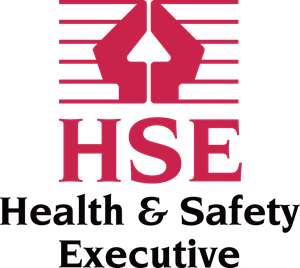The Health and Safety Executive (HSE) of Great Britain’s annual statistics on work-related fatalities, ill health and workplace injuries for the period 2022/23 offer a comprehensive overview of the current state of workplace health and safety, revealing both the human and economic costs associated with work-related fatalities, illnesses and injuries.
There were 135 work-related fatalities and approximately 561,000 non-fatal workplace injuries reported in the same period. Around a quarter of the deaths were to workers aged 60 and over, which is similar to the profile of earlier years. The three main causes of fatal injury are falls from a height, struck by moving (including flying/falling) objects, or struck by moving vehicle, which between them continue to account for over half of annual fatal injuries. 68 members of the public were also killed in work-related accidents. 82% of fatal injuries occur in five industry sectors: – construction; agriculture; motor retail repair; accommodation; and food services. These same sectors, alongside forestry, also had statistically significant higher workplace non-fatal injury rates as well. If one looks at the numbers working in different employment sectors, then the highest prevalence of fatalities is in agriculture, forestry and fishing.
Here is a quick summary of other HSE statistics:
- Prevalence of Work-Related Ill Health: The report states that approximately 1.8 million workers suffered from work-related ill health (both new and long-standing cases). This figure indicates a significant rise compared to pre-pandemic levels. 13,000 deaths per year are estimated to be linked with past exposure at work, primarily to chemicals or dust.
- Stress, Depression, and Anxiety: Among these cases, around 875,000 incidents were related to work-related stress, depression, or anxiety, marking an increase from the pre-pandemic period. This includes 338,000 new cases for 2022/23.
- Work-related musculoskeletal disorders: Prior to the pandemic, the rate of self-reported work-related musculoskeletal disorders showed a generally downward trend. The current rate is still similar to the 2018/19 pre-coronavirus level. Industries with higher than average rates are not surprisingly in administration and support services activities, construction and human health/social work.
- Gender and Age Disparities: Females reported significantly higher rates of work-related stress, depression, or anxiety compared to males, particularly in the age group of 25-34.
- Lost Working Days: An estimated 35.2 million working days were lost due to work-related ill health or injury, with 17.1 million days specifically attributed to stress, depression, or anxiety.
- Occupational Lung Disease: The report highlighted 12,000 lung disease deaths linked to past occupational exposures, including 2,268 deaths due to mesothelioma. Prior to the coronavirus pandemic, the rate of annual new cases of occupational asthma seen by chest physicians had been increasing.
- Sector-Specific Impacts: Human health/social work, public administration/defence and education have had the highest rates of work-related ill health and non-fatal injuries. These are the exact same sectors that were most affected by work-related stress, depression, or anxiety.
The HSE conducted over 230 fatal and 5,500 non-fatal accident investigations, completed 216 criminal prosecutions with a 94% conviction rate, and carried out over 16,800 proactive inspections.
IOSH, and nearly every other Health and Safety expert, advocates for a prevention-first approach, emphasising the need for psychosocial risk management strategies and a people-focused work culture.
In conclusion, the HSE’s 2022/23 statistics underscore a persistent issue of work-related ill-health, particularly stress, depression and anxiety, alongside the substantial economic burden it places on the economy. The data calls for continued and enhanced efforts in workplace health and safety management, with a particular focus on mental health and preventative measures.
The BackupHR team would be pleased to advise you on any element of the issues arising from this newsletter.


